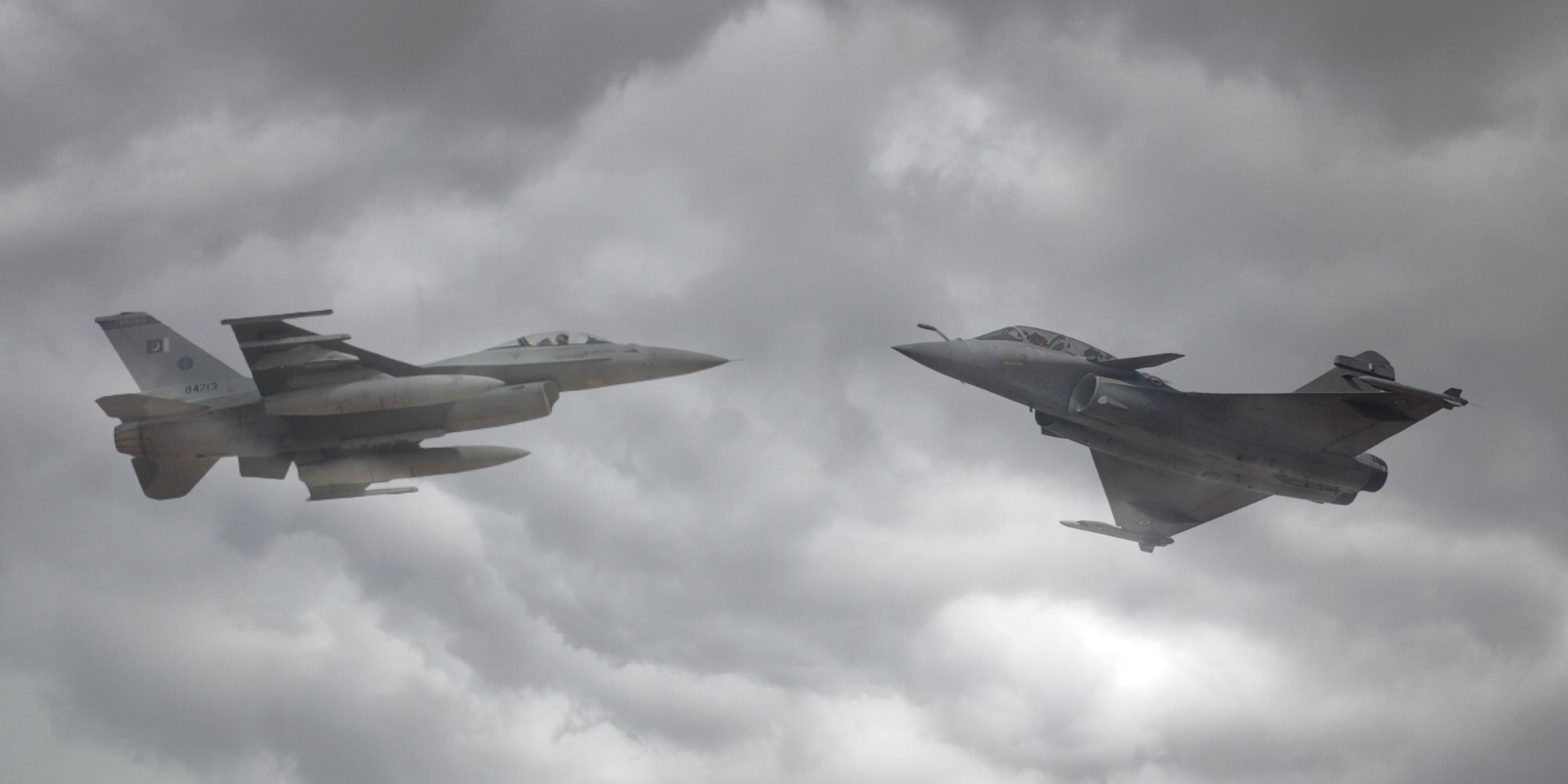
By Haris Bilal Malik 2 May 2021
The South Asian region is widely regarded as one of the most volatile regions in the world. This is primarily because of the hostile nature of the relationship between the two arch-rivals India and Pakistan. The regional security dynamics have remained complex given the asymmetric military equation between India and Pakistan. Over the years, both countries have remained involved in various conflicts ranging from full-fledged wars to limited conventional conflicts and even now sub-conventional conflicts. Likewise, the overt nuclearization of South Asia in 1998 has since then emerged as the most crucial dynamic for the broader regional and international security calculus. This is further complemented by the existence of the unresolved issue of Kashmir between the two countries which has been widely regarded as a ‘nuclear flashpoint’ in the region. Based on these, the contemporary security environment of South Asia has gained considerable significance within the discourse surrounding international security. All these factors combined have further complicated the dynamics and probability of war and escalation in South Asia.
The international community; especially the US, has remained deeply concerned regarding the ever-increasing fears of escalation that exist in the region. Similarly, the South Asian region still holds significant weightage in the threat assessments based on intelligence reports that are being carried out by key US security organizations. Very recently, the National Intelligence Council in its global trend report for the US; has warned about the possibility of war in South Asia. It noted that India and Pakistan might engage in a large-scale war; though both sides don’t want to indulge in conflict as of now. However, the probability of war would become more likely following a terrorist attack that India would consider significant. The report has further insinuated towards the Pulwama-like attack in the future as a potential flashpoint for which India would blame Pakistan. In such circumstances, India’s resolve to retaliate and consequently Pakistan’s compulsion to defend itself and ensure its sovereignty would be the decisive factor; which seems to be persistently increasing particularly in the next five years. It holds that under the leadership of Prime Minister Modi, India seems to be more likely to respond by using its military force as compared to the past.
Even though the report has acknowledged the existence of nuclear deterrence equilibrium in the region that has prevented major conflicts in the past. However, at the same time, it has been feared that any miscalculation by either of the governments might fail the deterrence. This would likely bring disastrous economic and political consequences for the region. The report further elaborates that the US’ withdrawal policy vis-à-vis Afghanistan and its likely impact on the region are key factors that would create uncertainty in the region. It highlights that the US actions in Afghanistan specifically in the upcoming year would bring significant consequences for the whole region in general and India and Pakistan in particular. In a post-US withdrawal situation, the security vacuum within Afghanistan would further encourage India to wage unrest in Pakistan’s western parts. It is notably important to know that India has been using its network of operatives in Afghanistan to fuel its hybrid war against Pakistan. Hence, as the report predicts, the US exit strategy from Afghanistan has the potential to increase the hostility between India and Pakistan. The probability of this becomes more relevant since US President Joe Biden has recently talked about the withdrawal of US forces from Afghanistan by September this year.
To further analyze, especially, at a time when there is an ongoing debate within the discourse surrounding the regional and international security about the recent attempts of rapprochement between India and Pakistan, this assessment is notably important to be considered. Pakistan has already affirmed its desire for long-lasting peace and stability in the region at the highest strategic levels. In this regard, the recent deliberation from the top brass of the military; to extend the hand of peace in all directions and to bury the past with India, and moving towards meaningful cooperation is quite significant. Likewise, the goodwill letter of the Indian Prime Minister Modi in which he asserted the desire for cordial relations with Pakistan was perceived as a positive development by the latter. Though the emphasis on the resolution of the Kashmir issue seemed to be intentionally ignored by Mr. Modi, his Pakistani counterpart responded with a more realistic and holistic approach. In his letter to Mr. Modi Prime Minister Imran Khan desired peaceful and cooperative relations with India while emphasizing the peaceful resolution of the core issue of Kashmir; since regional peace and stability is dependent on its peaceful resolution. Against the backdrop of the recent rapprochement attempt, though which appears as a conditional desire from the Indian side, the dynamics and probability of war and escalation in South Asia cannot be ignored at least in the longer term.
Hence summarizing it all, South Asia is no doubt a region that is more vulnerable to conflicts and wars. Even though the current security environment of South Asia seems to be a bit stable as compared to the last two years, uncertainties still exist. Given the complex security and escalation dynamics, a secure future cannot be guaranteed as predicted in the recent intelligence report issued by the US. At one time in history, after the overt nuclearization of South Asia, one of the former presidents of the US had very rightly described the South Asian region as the most dangerous region in the world. Even today, this deliberation about South Asia appears to be more or less the same in the US perception of regional security.
The writer currently works as a Research Associate at the Strategic Vision Institute (SVI) in Islamabad, Pakistan. He tweets @HarisMalik00
